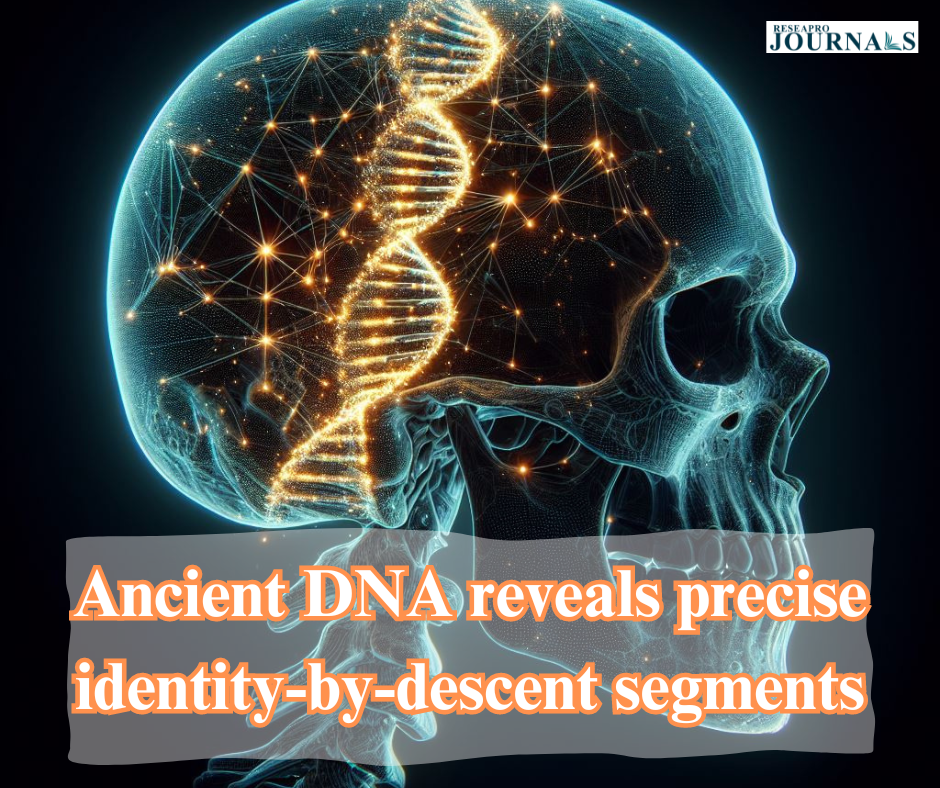The study of identity-by-descent (IBD) segments in ancient human DNA opens a fascinating window into our ancestral past. Accurate detection of these segments provides crucial insights into genetic relationships, shedding light on the intricate tapestry of human history.
Body:
Utilizing advanced genetic analysis techniques, researchers have honed the ability to accurately detect IBD segments within ancient DNA samples. This involves identifying shared genetic material between individuals, indicating a common ancestry. The precision of this analysis allows scientists to trace familial ties and population migrations across generations.
The detection of IBD segments in ancient DNA is particularly significant for understanding population dynamics, migration patterns, and the genetic diversity of ancient communities. These segments serve as genetic markers, unraveling familial connections and providing a detailed map of how populations dispersed and intermingled over time.
Moreover, the accurate identification of IBD segments contributes to the reconstruction of family trees and the broader human evolutionary tree. This information aids in creating a more comprehensive narrative of our genetic heritage and the interconnectedness of human populations throughout history.
Conclusion:
In conclusion, the accurate detection of identity-by-descent segments in ancient human DNA is a powerful tool for unraveling the mysteries of our past. This scientific endeavor deepens our understanding of human migration, genetic relationships, and the complex web of connections that define our shared ancestry. As technology continues to advance, the study of IBD segments in ancient DNA promises to unveil even more insights into the rich tapestry of human evolution.




